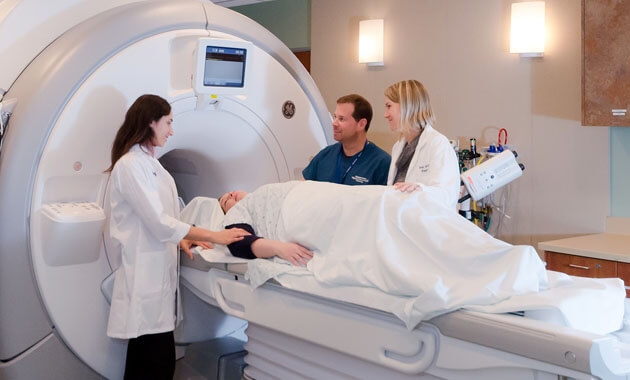Scientists Developed VR System Designed to Alleviate Anxieties During MRI scans

Many researchers have been studying how virtual reality could provide therapeutic applications, such as alleviating pain.
Researchers at the King's College London have created interactive VR technology designed to alleviate patients's level of anxiety when taking MRI (magnetic resonance imaging) scans.
This research has been published in Scientific Reports, Dr. Kun Qian, lead researcher at the School of Biomedical Engineering & Imaging Science said
"We are keen to find other ways of enabling children and vulnerable people to have an MRI scan.
The team's interest in virtual reality derive from a simple observation that, when people are immersed in VR world, they are unaware of their physical surrounding. This led to them to hypothesize the idea of a system that is compatible with MRI scanning environment, which can be potentially be an alternative way to scan challenging populations like children and more sensitive adults.
For people that fall under these challenging populations, many hospitals rely on sedative medication or anaesthesia to help with the scanning process. However, this methodology is associated with high costs and risks. Furthermore, people that are scanned during these artificially induced sleep state may not accurately represent their true normal brain state, and how their brain really operate.
VR Headset designed for MRI scans
Researchers developed a special headset that allows the patients to be safely scanned while in VR. The VR headset is designed to block off light to prevent the patient from seeing their physical environment and visually recognizing where they are at. The virtual world is launched as soon as the system is in place, and plays the content up until the scan has been completed.
Aside from visual distraction, the VR system also produces complementary sensations that mimics external perceived sensations such as scanner's noise and vibrations, which could virtually replace the sensations perceived by the patient.
Another unique element is the ability to utilize eye gaze to allow users to interact with the virtual scene. Patient can navigate in the VR world by using their eyes to select content such as movies, fames, or to launch/end video links. The feature also make it convenient for the patient to interact with a care giver at anytime during the scan through a webcam, microphone, and a display monitor located in the console.
A key success factor is having the right content to maintain the patient's attention. And of course, different people depending on age and cognitive abilities may have completely different responses towards the content presented to them.
The next step is to test the system with actual patients in clinical trials.
Co-author Dr Tomoki Arichi says
“We are very excited about the possibilities that this system opens up for vulnerable and important populations like children and those with difficulties which might mean they can’t normally have an MRI scan without being put to sleep. Not only could this make an enormous difference for everyday clinical practice, but it also opens the way for us to gain dramatic new insight into how patterns of brain function, behaviour and social skills develop across our lives.”

